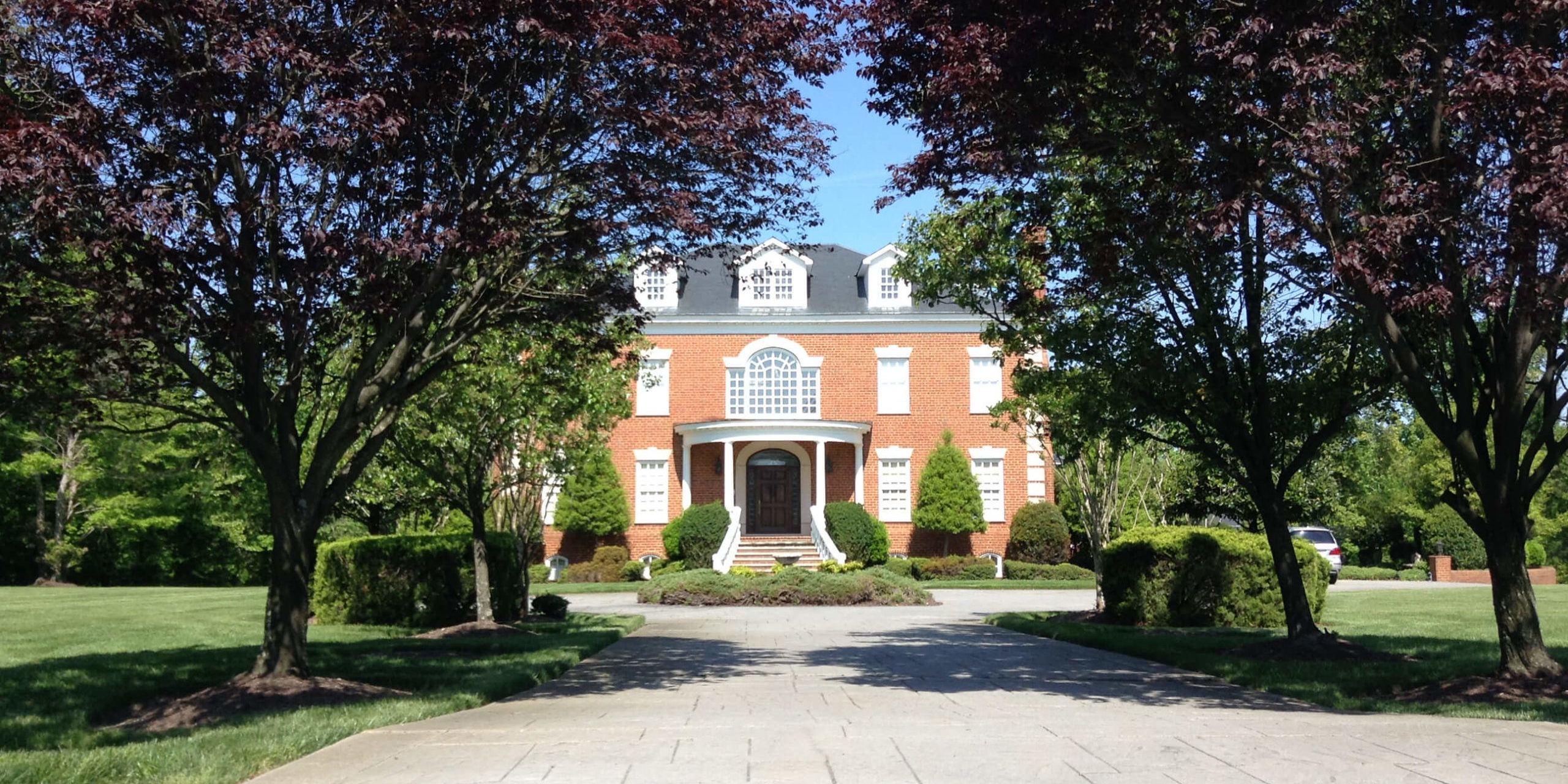From the time of the Roman aqueducts, people have looked for ways to move water and sewage from one point to another. The first cast iron pipes were created in molds and then brought together with joints, straight fittings, and screws.
Why Cast Iron Pipes were Used
Cast iron was considered one of the strongest options when transporting water and sewage over great distances (tens or hundreds of miles).
- Durability: Cast iron is a strong and durable material, which means that cast iron pipes can withstand the weight of the soil and any pressure from above. This makes them ideal for use in underground sewer and drainage systems.
- Longevity: Cast iron pipes have a long life span, typically lasting 50-100 years or more. This means that they require less maintenance and replacement than other types of pipes.
- Corrosion resistance: Cast iron is resistant to corrosion and rust, which means that it can withstand exposure to water and other liquids without deteriorating. This makes it an ideal material for use in plumbing systems.
- Sound insulation: Cast iron pipes are effective at reducing noise levels from water flow and other sources. This makes them popular in multi-story buildings and other settings where noise can be a problem.
- Fire resistance: Cast iron pipes are non-combustible and have a high melting point, which means that they are resistant to fire and can help contain flames in the event of a fire.
When Cast Iron Pipes were Used
During the 17th through the mid-20th century, cast iron pipes were considered modern plumbing. King Louis XIV of France used a 15-mile long pipe to connect the palace and surrounding town to a pumping station near the Seine river. This brought water to the fountains at the palace as well as to the surrounding population.
When houses began to be built with indoor plumbing in the 1930s, cast iron pipes were the method of choice – actually, they were the only choice. Because of the labor-intensive nature of cast iron, only the wealthy could first afford indoor plumbing.
Why Cast Iron Pipes are no Longer Used
Cast iron pipes are incredibly expensive and labor-intensive to make. They lack the flexibility needed in modern construction, and most homes have sleeker designs that require smaller, more flexible piping.
- Cost: Cast iron pipes are expensive compared to other materials used for plumbing such as PVC and ABS plastic pipes. The production of cast iron pipes involves a labor-intensive process that requires significant amounts of energy and resources.
- Installation Difficulty: Cast iron pipes are heavy and require skilled labor to install properly. The installation process can be time-consuming, especially in homes with limited space.
- Corrosion and Rust: Cast iron pipes are susceptible to rust and corrosion over time. This can lead to blockages and leaks in the system, reducing the efficiency of the plumbing system.
- Limited Design Flexibility: Cast iron pipes are not flexible and cannot be easily modified to fit different shapes and configurations. This can limit the design flexibility for plumbing systems in homes.
- Health Concerns: Cast iron pipes can leach lead and other harmful contaminants into the drinking water supply, which poses a health risk to individuals who consume the water.
What Replaced It
In 1980, cast iron pipes were no longer the pipe of choice. Builders and plumbers replaced cast iron with rigid PVC (Polyvinyl Chloride plastic), which is easier to make, can be made quickly, is harder than other options, and has greater tensile strength. It is essentially a cheaper, faster alternative to cast iron.
What Kind of Damage can Happen in Older Homes with Cast Iron Piping?
First, older homes tend to have mature trees in the yard whose root systems can impinge on cast iron pipes. It is not unusual to have tree roots puncture the cast iron.
Second, leaks and breaks can lead to unhealthy black water that is contaminated with bacteria, fungi, and rust. Third, a broken pipe can lead to standing water, floor and ceiling damage, and flooding.
Call Bulldog Adjusters Today!
If you have a cast-iron pipe break, call the professionals at Bulldog Adjusters. Our team of experts will complete a free inspection, review your policy, talk with you about your claim options, and then file your claim with the insurance carrier. Our team won’t settle for less than you deserve!







